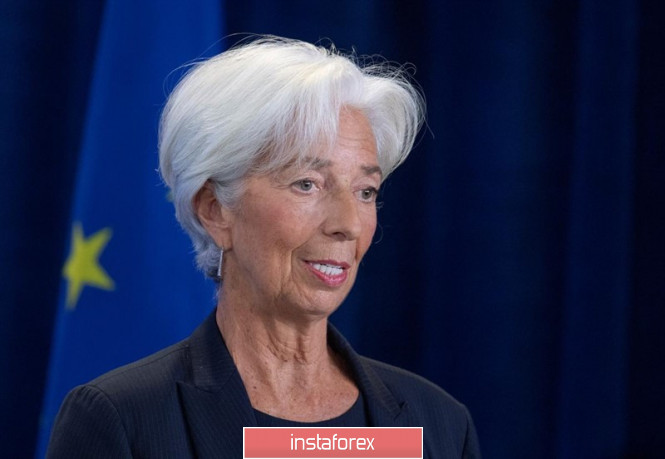
The USD index slipped to two-week lows after the data released the day before showed that the US manufacturing sector contracted for the fourth consecutive month in November and construction costs in the country unexpectedly dropped, fueling fears that the world's largest economy could enter a recession.
However, the dollar began to fall even before the release of weak data. The starting point for this was US President Donald Trump's tweet. First, the head of the White House again levied duties on imports of steel and aluminum from Brazil and Argentina, citing excessive devaluation of their currencies to the detriment of American farmers. Secondly, Trump demanded that the Federal Reserve do something with the dollar, because it is overpriced.
"The Federal Reserve should act so that countries, of which there are many, no longer take advantage of our strong dollar by further devaluing their currencies. This makes it very hard for our manufacturers and farmers to fairly export their goods. Lower Rates & Loosen - Fed!", said the American leader.
According to some experts, the fact that Trump for the first time directly linked the introduction of tariffs with currency movements may indicate the beginning of a new phase in trade wars, where currency markets are already becoming a battleground.
Recent statements by the head of the White House have revived talk about a possible currency intervention against the greenback.
Capital Economics believes that the US president is likely to fail in his attempts to weaken the dollar.

Speaking to European MPs on Monday, Christine Lagarde asked for time to study the aspects of her new work and the factors on the basis of which a decision should be made on changing monetary policy.
"The EUR/USD pair still has a slight potential of a reduction if the ECB keeps interest rates next week, but hints at a weakening monetary policy in the future," Wells Fargo said.
However, there is another point of view.
"If US macro statistics continue to disappoint, next year we can see another Fed rate cut. The regulator may also need additional monetary incentives - as a result, competitors of the greenback will grow," Cambridge Global Payments strategists believe.
This year, the US central bank reduced interest rates three times and at its last meeting made it clear that in the future, it will make decisions depending on the incoming data.
The euro could strengthen against the US dollar in 2020, since the Fed has more opportunities than the ECB to act in the field of monetary policy, Commerzbank economists said.
"The Fed is more likely than the ECB to introduce additional stimulus measures in 2020 in response to weaker US economic growth. That is, the Fed can do more damage to the dollar than the ECB to the euro, because it has more opportunities to weaken the policy," they said.
The material has been provided by InstaForex Company - www.instaforex.com